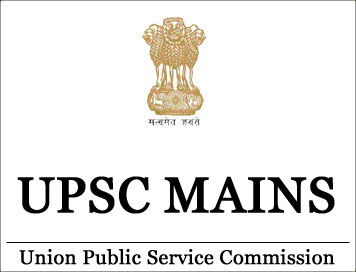
(Paper) UPSC IAS Mains General Studies Paper - I
Categorized Exam Paper - 2016
1. Early Buddhist Stupa-art, while depicting folk motifs and narratives,
successfully expounds Buddhist ideals. Elucidate. (History- salient aspects
of Art Forms, Literature and Architecture from ancient to modern times)
2. Krishnadeva Raya, the king of Vijayanagar, was not only an accomplished
scholar himself but was a also a great patron of learning and literature.
Discuss. (History- salient aspects of Art Forms, Literature and Architecture
from ancient to modern times)
3. Explain how the upraising of 1857 constitutes an important watershed in
the evolution of British policies towards colonial India. (History-The
Freedom Struggle)
4. Discuss the role of women in the freedom struggle especially during the
Gandhian phase. (History-The Freedom Struggle)
5. Highlight the differences in the approach of Subhash Chandra Bose and
Mahatma Gandhi in the struggle for freedom. (History-Modern Indian history
from about the middle of the eighteenth century until the present significant
events, personalities)
6. Has the formation of linguistic states strengthened the cause of Indian
unity? (Social Issues-Social empowerment, communalism, regionalism &
secularism)
7. The anti-colonial struggles in West Africa were led by the new elite of
Western -educated Africans. Examine. (History- History of the world will
include events from 18th century)
8. To what extent globalisation has influenced the core of cultural diversity
in India? Explain. (Social Issues-Effects of globalization on Indian society)